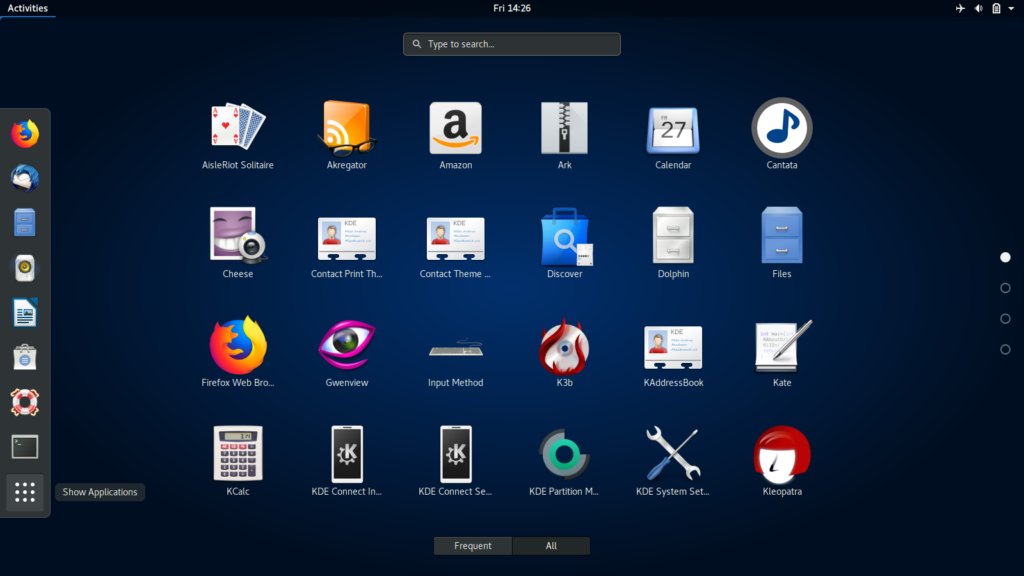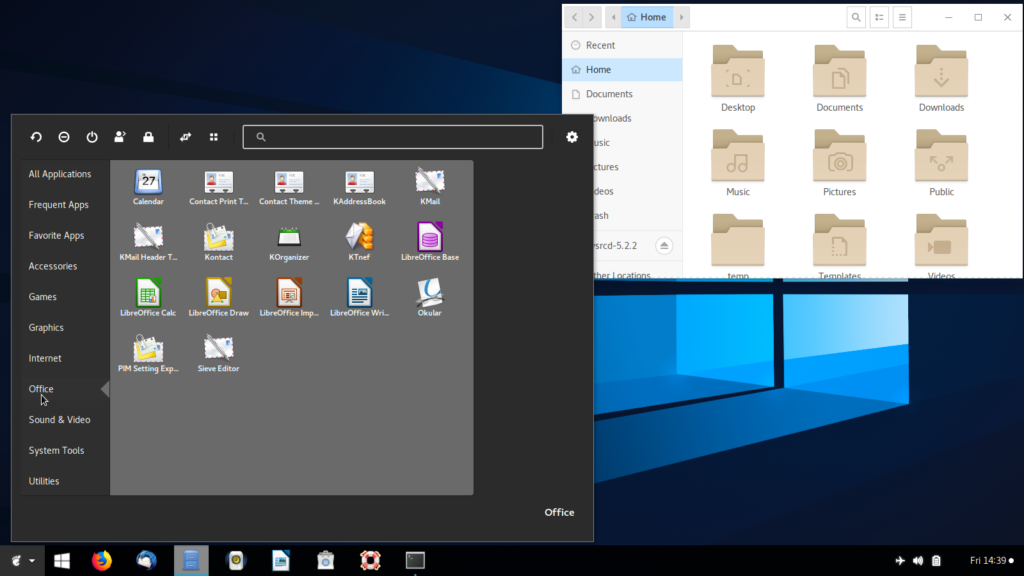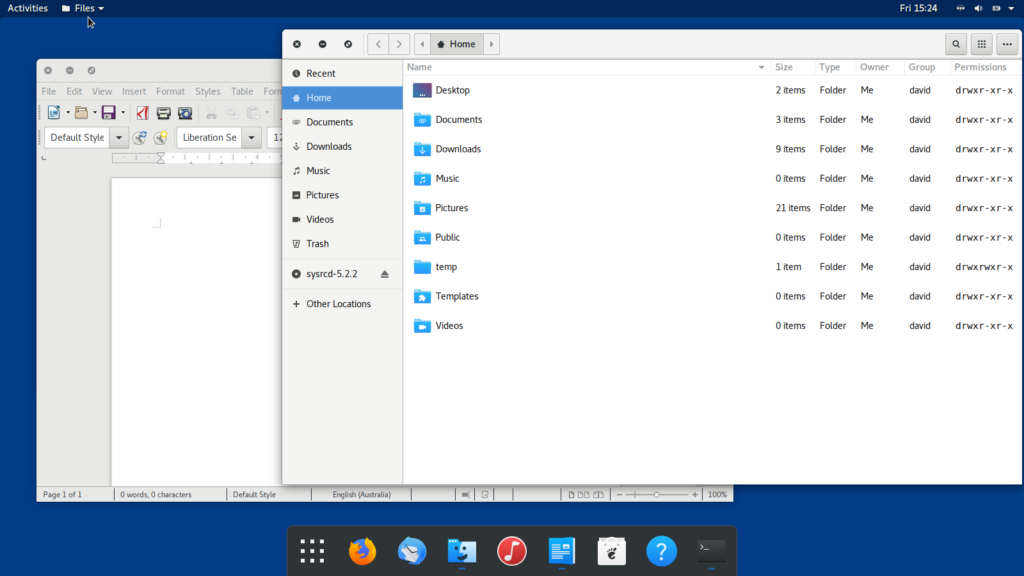NSLIG – August 2018

Back to Meeting Notes 2018
Notes from the August 2018 Meeting
[hr height=”30″ style=”default” line=”default” themecolor=”1″]
Linux News was back on the program after last month’s intermission. The main item was a video from the movie world of a SIGGRAPH session about the co-operation between the Motion Picture Academy and the Linux Foundation aimed at increasing the quantity and quality of open source software for use in making movies.
Among the contributors were some of the most famous movie companies, such as Dreamworks and Disney. Included in the discussion were software items like Open Neural Networks and Alambie – aimed at computer graphics integration.
The second item concerned Chromebooks and Chromeboxes (CBs). A new-ish program – Crostini – checks and lists the CBs hardware and indicates if they are Chrome compatible. The list includes existing hardware items and those expected to be released in the near future. Certainly worth checking out because of the popularity of Chrome devices, particularly for education.
Recent CBs can run Chrome applications, Android apps, and Linux applications via Crostini inside a container. The container approach prevents damage to the overall system by a rogue application, and Crostini does allow access to files outside the container.
The Open Forum did not attract any questions; maybe all those present at the meeting are/were self-sufficient. There were a couple of discussion points, including …
-
Skype no longer supports Linux – perhaps not too surprising since Microsoft now owns Skype.
-
Dropbox has an intermittent problem that users cannot always see files across machines. It was noted that Google Docs does not suffer from the same problem.
The main session of the evening was again presented by David Hatton – the topic was the Gnome Layout Manager.
Gnome has matured considerably over the past few years, and has attracted a large number of extensions. A Github contributor has developed a script which he has called Gnome Layout Manager – a script that automates many routines that users can run to make their desktops look like the just superseded Unity, Windows 10 or MacOS.
The developer warns that the program is only in Alpha status, but it seems stable, and users of Linux distributions such as Ubuntu and Fedora that have a Gnome desktop installed by default could find it useful. Its major usefulness is probably to help people coming to Linux Gnome from other environments to feel more comfortable with a fairly familiar graphical user interface.
The demonstration was set up on a Kubuntu 18.04 installation – the latest Long-Term Support version – with the Gnome desktop also installed. A minor downside of the demonstration arrangement is that the user sees both Gnome and KDE applications shown in the menus – most users would stay with the default Gnome desktop. and hence avoid this effect.

The demonstration Gnome desktop showing both Gnome and KDE applications
The Gnome Layout Manager needs some additional programs, such as Xenity and Wget, and the script (layoutmanager.sh) checks to ensure that they are installed before proceeding. This requires an internet connection.
The script allows the user to choose which graphical interface should be used, and David first chose Unity, with the result that the applications menu was re-arranged compared to the standard Gnome version. Later he showed the Windows 10 version and then the MacOS version – see screenshots below.

Gnome configured to display a Windows 10 style desktop
The layouts etc. were not identical to the target versions, due in part to limitations imposed by Gnome. A full MacOS-style dock can be emulated by adding the Docky program to the interface.

Gnome configured to display a MacOS X style desktop
Although the script is labelled as “alpha” status by the developer, it does seem stable and allows users coming Windows or MacOS to feel reasonably comfortable with using Linux and Gnome by lessening the transition shock.


